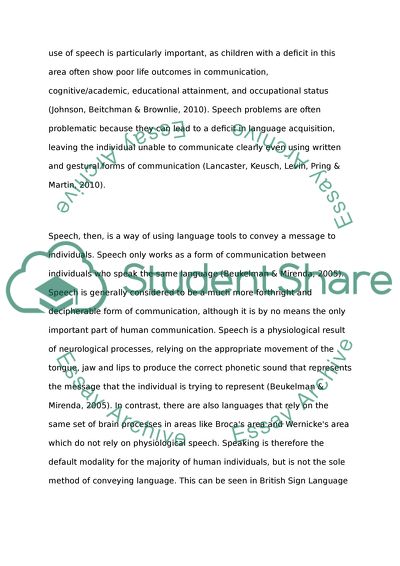Cite this document
(“Speech, Language and Communication are different aspects of the same Essay”, n.d.)
Retrieved from https://studentshare.org/health-sciences-medicine/1473305-speech-language-and-communication-are-different
Retrieved from https://studentshare.org/health-sciences-medicine/1473305-speech-language-and-communication-are-different
(Speech, Language and Communication Are Different Aspects of the Same Essay)
https://studentshare.org/health-sciences-medicine/1473305-speech-language-and-communication-are-different.
https://studentshare.org/health-sciences-medicine/1473305-speech-language-and-communication-are-different.
“Speech, Language and Communication Are Different Aspects of the Same Essay”, n.d. https://studentshare.org/health-sciences-medicine/1473305-speech-language-and-communication-are-different.


